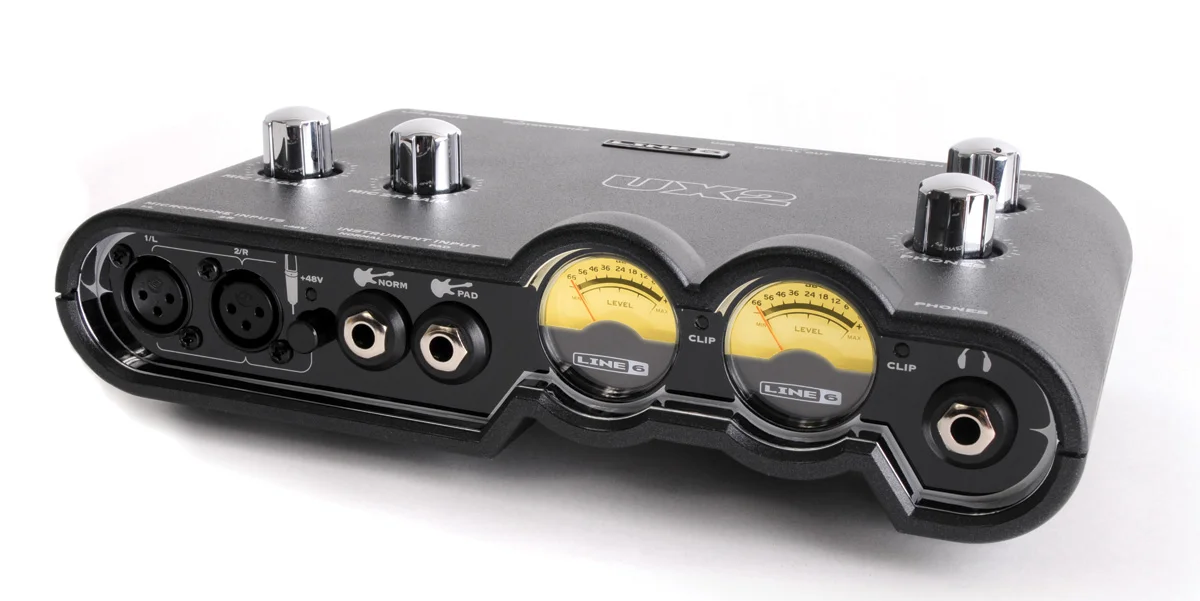

At just 1.32 pounds, it is incredibly lightweight and compact and in addition to being very easy to set up, it is a great option for recording on the go.įocusrite’s Scarlett line of interfaces also includes the Scarlett Solo for single mic recording, but the price difference between the two is so slim that in most cases it makes sense to go with the 2i2.
#AUDIO INTERFACE AND MIC CHEAP WINDOWS#
The interface works with iOS, macOS, and Windows devices, as will most newly released interfaces you encounter. The interface is powered over USB 2.0 and both the XLR inputs and the headphone jack have their own gain control for precise audio levels. The 2i2 from Focusrite is an incredibly popular, compact audio interface with two XLR inputs, 48V power, direct monitoring and a headphone jack for monitoring. Beyond that, other controls or features are less essential for podcasters recording voices. You will typically see a gain control for each mic input, as well as an output control and a control for the level going into your headphones. This makes the shopping experience much easier than buying microphones, headphones or a mixer, but also means that most of the top options are very similar in features. One thing that you may notice when shopping for audio interfaces is that less options are available, and most come from well-regarded brands. Unlike audio mixers which can be large in size and for many podcasters, feature controls you likely will not touch, the best USB audio interfaces are still relatively small and simple to control. If you are already recording with two mics, look to purchase a four input interface for the same reason. While there are audio interfaces built for a single microphone, you will probably want at least two XLR inputs just in case the option to add a second mic ever comes up. These interfaces vary a lot in size, price and function and the right USB audio interface will vary based on what you need, how many inputs and outputs you are looking for and what mics you are using. While many computers do have good internal built-in sound cards, these external devices are specially built to capture robust audio and have mic-preamps built into the XLR cable inputs that will get you better sounding audio than an XLR mic typically does. If you are deciding between purchasing a mixer and a USB audio interface, remember that a mixer does not actually record your audio and would still need to be connected to a laptop or other recording device, so in some cases an audio interface can be advantageous. USB audio interfaces vary in quality, features and input options but will almost always give you a better sounding audio file than recording with a microphone that connects directly to your computer with a USB.


Fulfilling a similar function as an audio mixer in some ways, a USB audio interface can allow you to connect any microphone to a computer or iPad to record audio files and handle multiple tracks at once.


 0 kommentar(er)
0 kommentar(er)
